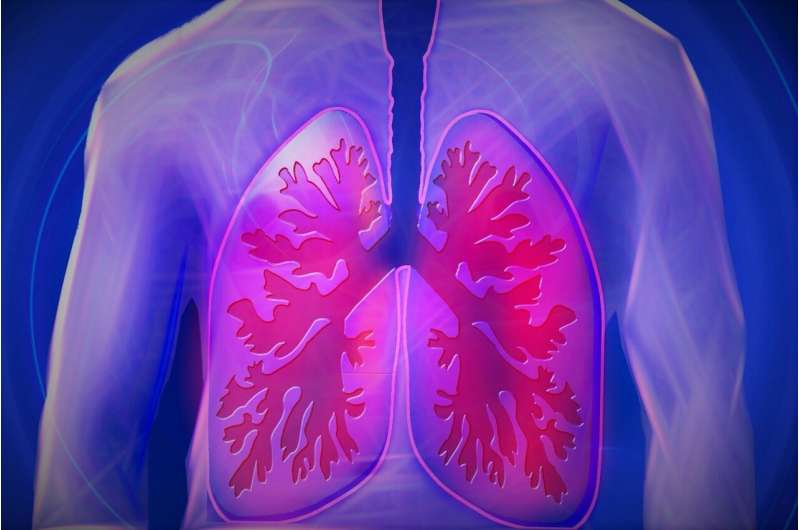Innovative MicroRNA-Based Gene Circuit Offers Precise Control for Rare Disease Therapies

Recent advances in gene therapy have introduced a novel, compact gene circuit that employs microRNA to meticulously regulate gene expression, paving the way for safer and more effective treatments for rare genetic disorders. Developed by MIT engineers, this technology aims to overcome the longstanding challenge of achieving optimal levels of therapeutic gene expression within cells.
Many diseases stem from missing or defective copies of a single gene. Traditional gene therapy approaches involve delivering a new gene via viral vectors, such as lentiviruses or adeno-associated viruses, which integrate into the genome of target cells. However, controlling the expression level of these introduced genes has proven difficult; too little expression renders the therapy ineffective, while excessive expression can cause toxicity.
To address this, the MIT team designed a sophisticated gene control circuit called 'ComMAND' (Compact microRNA-mediated attenuator of noise and dosage). This circuit integrates microRNA sequences within the therapeutic gene itself, specifically within an intron that is spliced out during gene transcription. When the gene is activated, both the therapeutic mRNA and the microRNA repressing it are produced simultaneously, enabling fine-tuned regulation.
This design allows regulation via a single promoter, meaning only one DNA control site is needed, which simplifies the delivery process and enhances manufacturability. Importantly, the entire circuit can be embedded in a single delivery vehicle, such as a lentivirus, streamlining the gene therapy application.
The researchers validated their approach by delivering genes linked to conditions like Friedreich's ataxia and Fragile X syndrome in human cells and animal models. They successfully tuned gene expression levels to about eight times the normal level—significantly more precise than the over 50-fold increase observed without the circuit—demonstrating the system's capacity for control and safety.
Further studies in rat neurons, mouse fibroblasts, and human T-cells confirmed that the circuit provides outstanding regulation of gene expression. The team plans to explore whether adjusting gene levels can effectively restore normal cellular function and reverse disease symptoms in cultured cells and animal models.
This technology holds promise for a variety of rare genetic diseases, including muscular dystrophy and spinal muscular atrophy, where precise gene dosage is critical yet challenging to achieve due to limited patient populations and funding. Ultimately, this microRNA-based gene circuit represents a significant step toward safer, more controllable gene therapies that could benefit patients with previously untreatable conditions.
Source: https://medicalxpress.com/news/2025-04-compact-gene-circuit-microrna-fine.html
Stay Updated with Mia's Feed
Get the latest health & wellness insights delivered straight to your inbox.
Related Articles
Innovative Blood Test Using Metabolite Analysis Promises Early COPD Detection for Population Screening
A new blood metabolite analysis method shows promise for early detection of COPD, potentially revolutionizing population screening and improving patient outcomes through non-invasive testing.
How the Immune System Prepares for Breastfeeding
New research uncovers how the mother's immune system gears up during pregnancy and lactation, with immune cell migration from the gut to mammary glands supporting maternal and infant health. Discover the latest in breastfeeding and immune system science.
Internalized Stress and its Impact on Cognitive Decline in Older Chinese Americans
A new study reveals that internalizing stress significantly increases the risk of cognitive decline in older Chinese Americans, highlighting the importance of culturally sensitive stress reduction interventions.
Rising Hypertension Deaths Linked to Excessive Alcohol Consumption, Study Reveals
A recent study reveals a significant rise in hypertension-related deaths linked to excessive alcohol consumption, with women experiencing higher increases. Public health policies are essential to mitigate this growing health risk.



